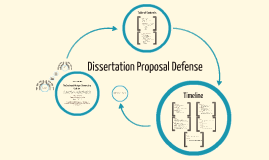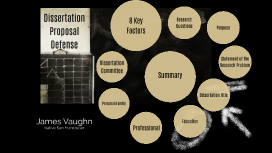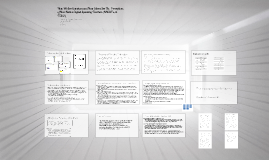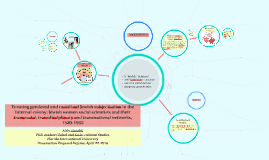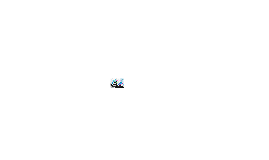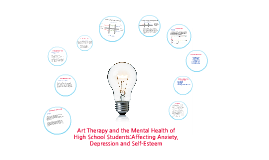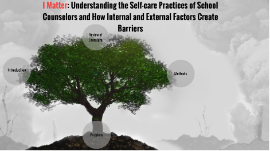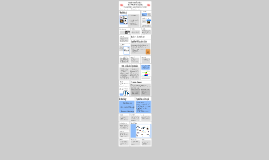Dissertation Proposal Defense
Transcript: Art Therapy and the Mental Health of High School Students:Affecting Anxiety, Depression and Self-Esteem Anxiety, Depression and Self-Esteem Sept. 2012 Study Period/Art History Tao et al., (2012) “Major Depression in adolescents is a significant public health concern because of its frequency and severity.” Walkup (2010) asserts that, “perhaps the most important step in improving outcomes for teen depression is to make sure that teens get to the clinic and get there early in their course of illness” (p. 736). Honors Track Research Design-Quasi-Experimental Research Design-Quasi-Experimental References Average Track Ideological Frame Work Post Test BASC II Dec. 2012 BASC II: Assessments “interconnectivity…an active commitment to personal and societal transformation through advocacy for those aspects of individuals and society that are disenfranchised” (Kaplan 2006, p. 31) The focus of the artwork review (Art Therapy Group) is to explore students perceptions of pivotal moments during the intervention period. Using a questionnaire students will be prompted to review the artwork created and share any insight they may have gained during that process. At Risk Track Mandala Design Self Portraits Collage Making Clay Painting Free Form Drawing Free Form Average Track Ideological Frame Work Art Therapy Interventions Anxiety, Depression and Self-Esteem Phinney, Cantu & Kurtz (1997) maintain that, self-esteem is widely acknowledged to be an important factor in adolescent development. Review of Intervention Artwork Art Therapy Interventions The Behavior Assessment System for Children Second Edition (BASC-2)- evaluates self-perceptions and a variety of emotional and behavioral disorders in children. Ideological Frame Work Kessler, R., Berglund, P., Demler, O., Jin, R., Merikangas, K., & Walters, E. (2005). Lifetime Prevalence and Age-of-Onset Distributions of DSM-IV Disorders in the National Comorbidity Survey Replication. Archives of General Psychiatry, 62(6), 593-602. Phinney, J., Cantu, C.L., & Kurtz, D. (1997). Ethnic and American identity as predictors of self-esteem among African American, Latino and White Adolescents. Journal of Youth and Adolescence 26(2), 165-185. Reynolds, C., & Kamphaus, R. (2004) BASC: Behavioral Assessment System for Children.. Circle Pines, MN: American Guidance Services, Inc. Sutherland, J., Waldmam, G., & Collins, C. (2010). Art Therapy Connection: Encouraging troubled youth to stay in school and succeed. Art Therapy: Journal of the American Art Therapy Association, 27(2), 69-74. Tao, R., Calley, C., Hart, J., Mayes, T., Nakonezny, P., Lu, H., Kennard, B., Tamminga, C., & Emslie, G. (2012). Brain activity in adolescent Major Depressive Disorder before and after Fluoxetine Treatment. The American Journal of Psychiatry, 169, 381-388. doi: 10.1176/appi.ajp.2011.11040615 Wadeson, H. (2010). Art Psychotherapy. Hoboken, NJ: John Wiley & Sons, Inc. Walkup, J. (2010). Treatment of depressed adolescents (Editorial). The American Journal of Psychiatry, 167(7), 734-737. Wadeson (2010)- expression in visual imagery encourages production of fantasy material…bringing to bear on the creative processes richer resources than may be ordinarily available (p. 8). Honors Track Pre-Test BASC II At Risk Track Average Track Ideological Frame Work At Risk Track Anxiety, Depression and Self-Esteem High self-esteem within education is important because it relates to academic and life success. Honors Track Art Therapy Interventions Role Confusion Contamination Art Exposure Counseling/Mental Health Services Variables to Control for from Previous Study Art Therapy Kessler et al., (2005) anxiety disorders are the most common mental disorder in the United States, with the median age of onset for anxiety disorders at 11 and 28.8% of adults suffer from this disorder, “interventions aimed at prevention or early treatment need to focus on the youth” (p 593).






